Description
Description:
This online platform is designed for civil engineers, architects, and structural analysts to perform detailed structural analysis based on field data. The website allows users to upload raw data collected from construction sites or structural surveys (such as load measurements, material properties, and structural geometry) and automatically generates comprehensive analysis results for evaluating the safety, stability, and performance of buildings and infrastructure.
Key Features:
- Data Upload and Integration: Users can upload a variety of structural data formats such as CSV, Excel, and DXF files, including measurements of loads (dead, live, wind, seismic), material properties (e.g., Young’s modulus, Poisson’s ratio), and structural geometry (e.g., beams, columns, trusses). The platform supports both 2D and 3D models for more complex structures.
- Structural Load Analysis: The website processes input data to calculate internal forces, moments, and shear stresses for various types of loads (static and dynamic). Users can specify load types, load distribution, and loading conditions (e.g., point loads, uniform loads, or varying loads) to perform detailed analysis.
- Finite Element Analysis (FEA): For advanced analysis, the platform integrates finite element analysis (FEA) to model the structural response of materials and components under various loads. It automatically generates stress-strain distribution, deflection profiles, and other essential parameters for understanding structural behavior.
- Stress and Strain Analysis: The website calculates the distribution of stress and strain across structural elements such as beams, columns, slabs, and foundations. It helps identify weak points and potential failure risks, ensuring that the structure meets safety standards.
- Material Properties Analysis: Users can input material properties, including tensile strength, yield strength, and other characteristics, and the platform will analyze how the materials respond to applied loads, allowing for optimal material selection and design adjustments.
- Deflection and Deformation: The platform automatically calculates deflections and deformations in the structure, helping to ensure that movements are within acceptable limits as per design codes. It allows users to evaluate how different load scenarios impact the shape and movement of structural elements.
- Seismic and Wind Analysis: The website provides tools for conducting seismic and wind load analysis. Users can input seismic zone information and wind pressure data to calculate the impact of these forces on the structure, ensuring that it can withstand extreme weather or earthquake events.
- Dynamic Analysis: For structures subjected to dynamic loads (e.g., vibrations, impacts, or machinery), the platform performs dynamic analysis, determining natural frequencies, mode shapes, and vibration responses to ensure that the structure will not resonate under operational conditions.
- Safety Factor and Stability Check: Based on the calculated stresses and load combinations, the website provides safety factor values to assess whether the structure is safe under all load scenarios. It also evaluates structural stability, identifying potential buckling, shear failure, or collapse risks.
- Code Compliance: The platform automatically checks the analysis results against relevant design codes and standards (e.g., AISC, Eurocode, IS codes). It provides compliance reports, highlighting whether the design meets the necessary regulations or if adjustments are needed.
- Visualization and Reporting: After the structural analysis is complete, the platform generates easy-to-understand visualizations such as force diagrams, deflection curves, stress distribution maps, and 3D models. These visual outputs help users interpret complex analysis results. Users can also generate detailed reports with findings, recommendations, and calculations in formats like PDF, Word, or Excel.
- Scenario Simulation: Users can simulate different scenarios by adjusting load conditions or material properties and assess the impact on the overall structural performance. This helps in making design decisions and ensuring optimal safety and cost-effectiveness.
- Export and Collaboration: Once the analysis is complete, users can export the results, including models, reports, and data sets, in various formats for further use in design software or to share with team members, contractors, or stakeholders.
How It Works:
- Data Upload: Users upload their structural data, including measurements (loads, dimensions, material properties), and choose the type of analysis they want to perform (static, dynamic, seismic, etc.). The data may include field test results, survey measurements, or sensor data collected during construction.
- Model Creation and Analysis: The platform processes the input data, creating a digital model of the structure. The system then performs the required structural analysis, calculating key parameters such as internal forces, deflections, stresses, safety factors, and more.
- Results Visualization: After the analysis is complete, the platform presents the results in an interactive, graphical format. Users can view force distribution diagrams, stress contours, and deformation plots for a clear understanding of structural performance.
- Optimization and Adjustments: Users can adjust the input data, such as load conditions, material properties, or design parameters, to optimize the structure’s performance. The platform provides real-time feedback on how these changes affect the analysis.
- Reporting and Export: Finally, users can generate detailed reports that summarize the analysis process and results, including calculations, graphical outputs, and code compliance checks. These reports can be exported for use in presentations, further design work, or regulatory submissions.



Reviews
There are no reviews yet.